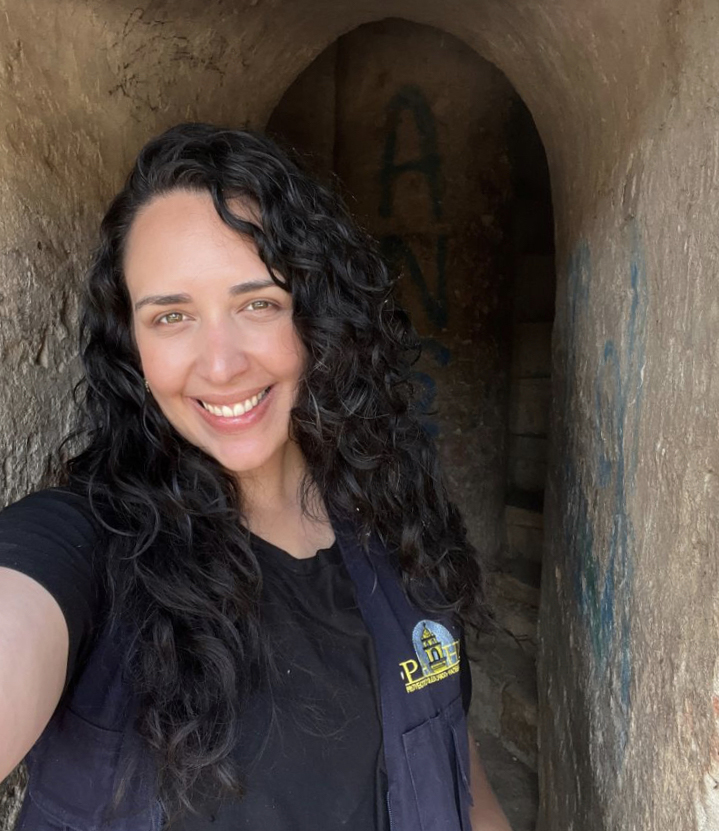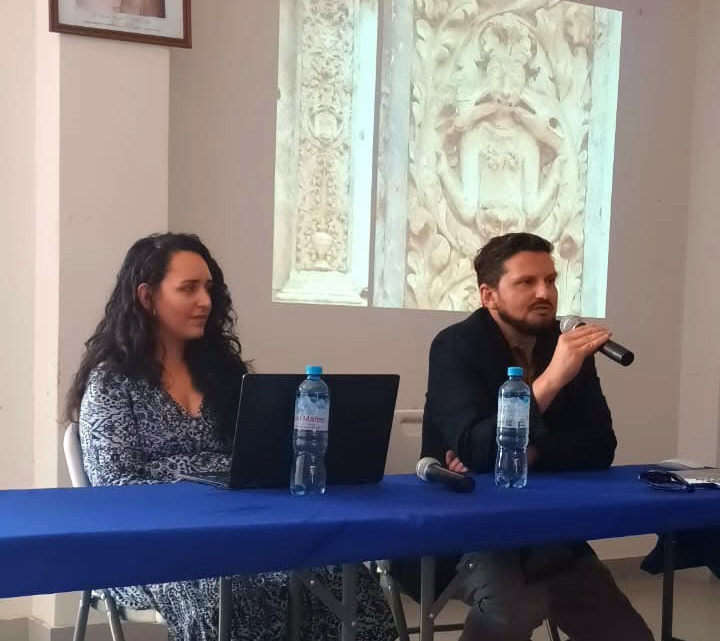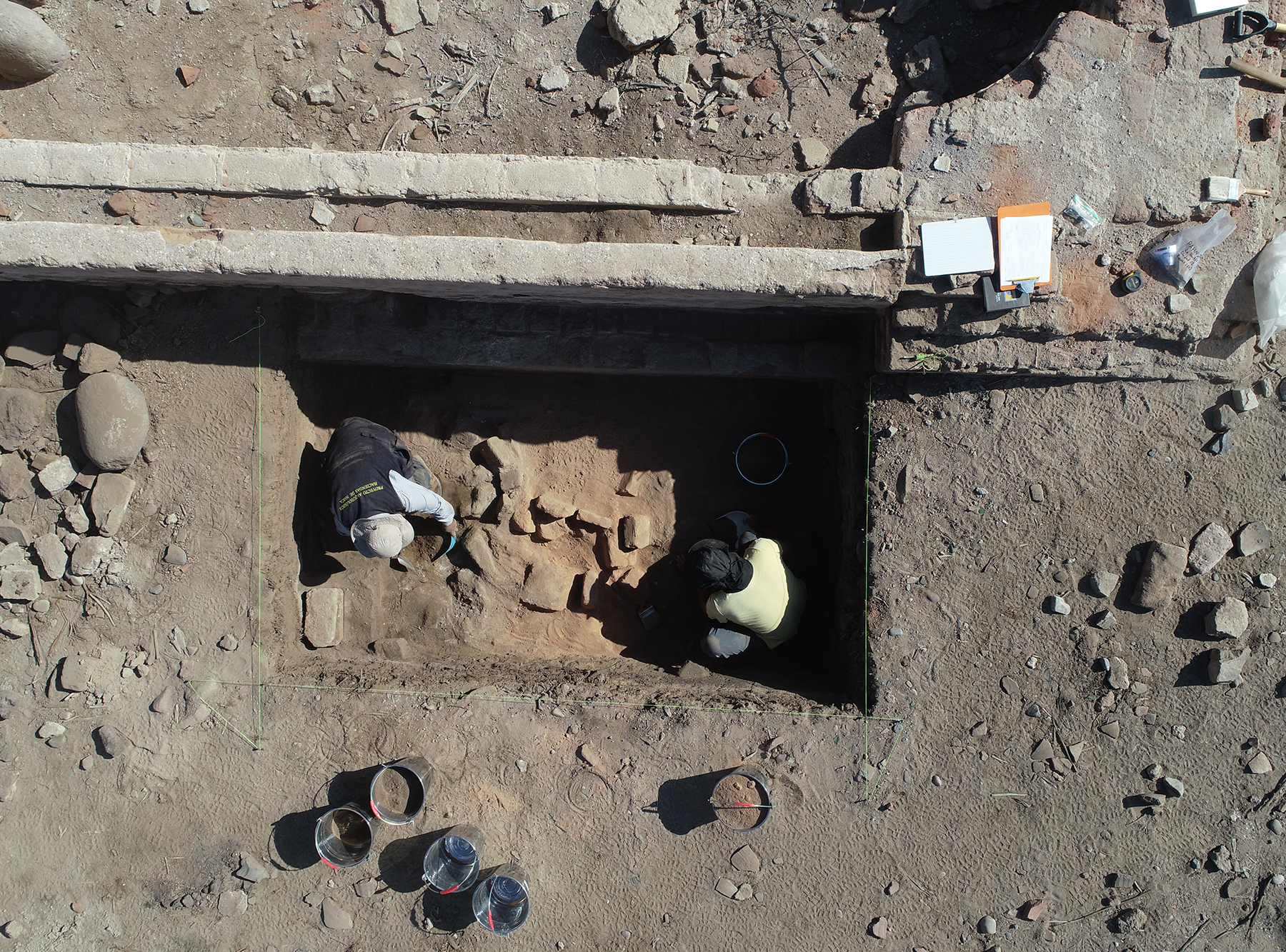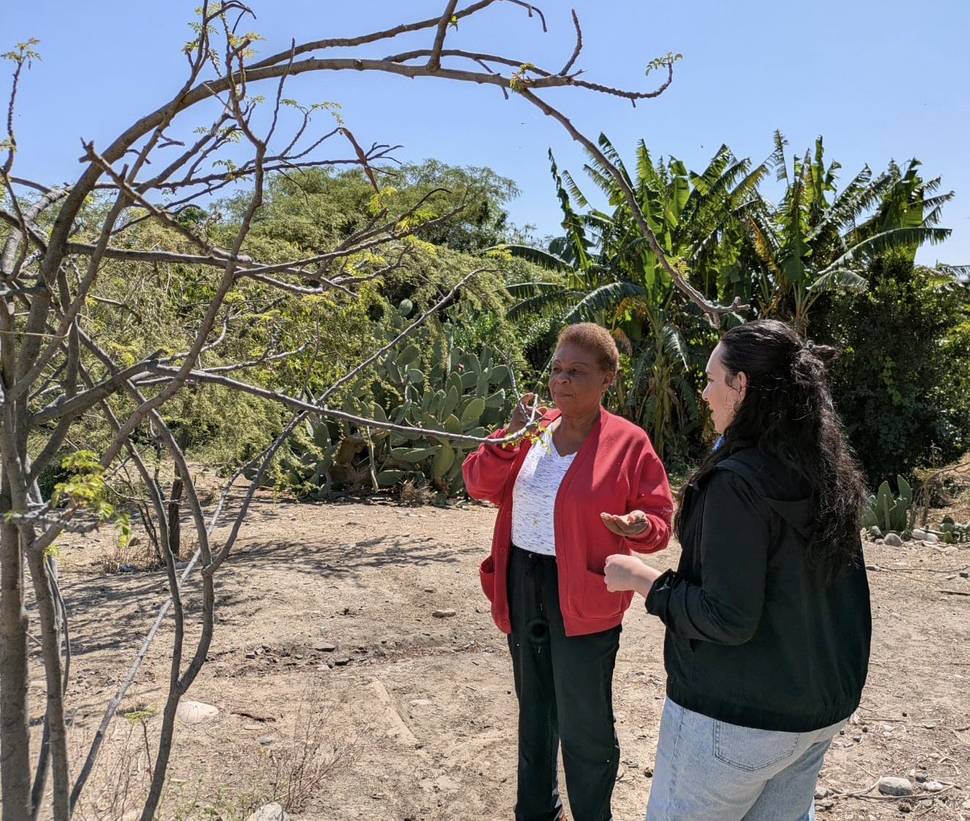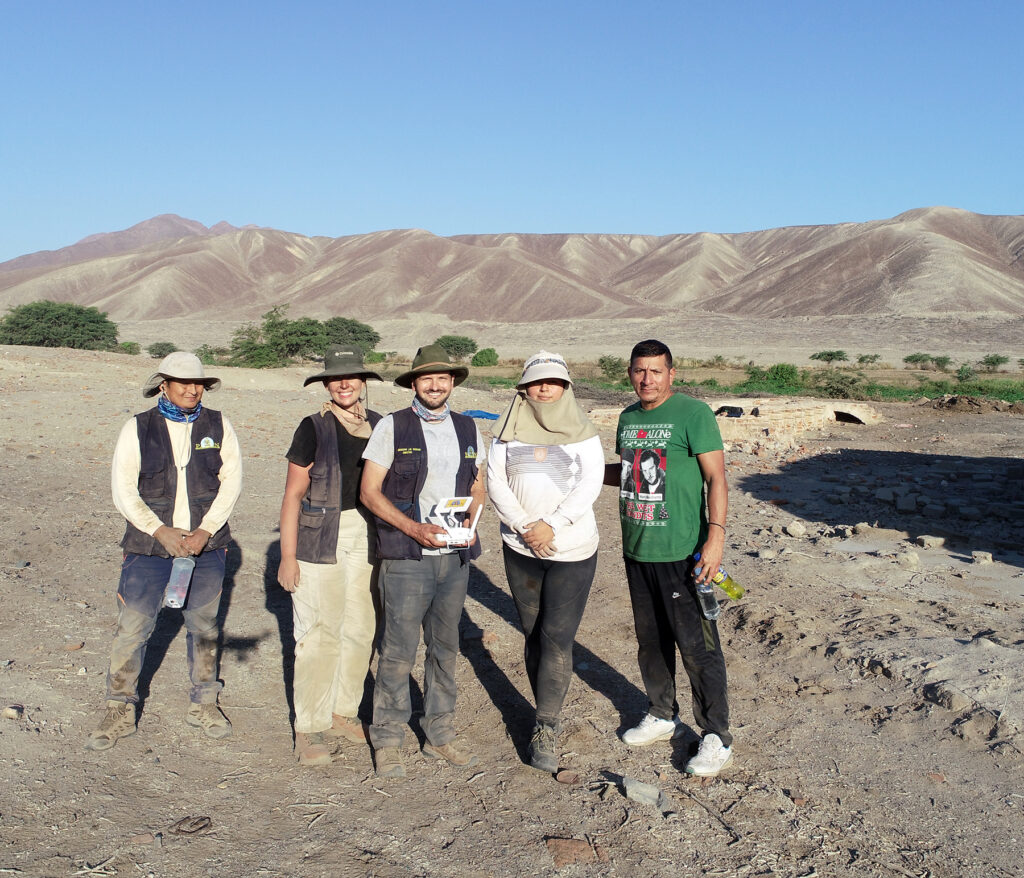
Sara writes:
“Although I had read about community-based projects, I had never witnessed one in practice, and it was an extraordinary exprience to collaborate with Dr. Weaver, the other team members, and the community. Through excavation, documentation, and dialogue, I saw how archaeology brings to light histories long buried, exposing systems of exploitation while also revealing the resilience, knowledge, and creativity of the enslaved communities who shaped the very landscapes where we worked. I was honored to experience firsthand a project directed with deep respect for both community and land, where I met inspiring people, learned the complexities of interdisciplinary archaeological practice, and saw that PAHN was more than an academic endeavor; it was a family to which I am deeply grateful to be a part of. I am also deeply grateful to Vinceta Guerra Chipana, one of the project’s godmothers (madrinas), who welcomed us into her home and upheld the project with such immense love and dedication. These exchanges reaffirmed that the past cannot be separated from the present, and that the histories of these places continue to live in the communities that inherit them.”








